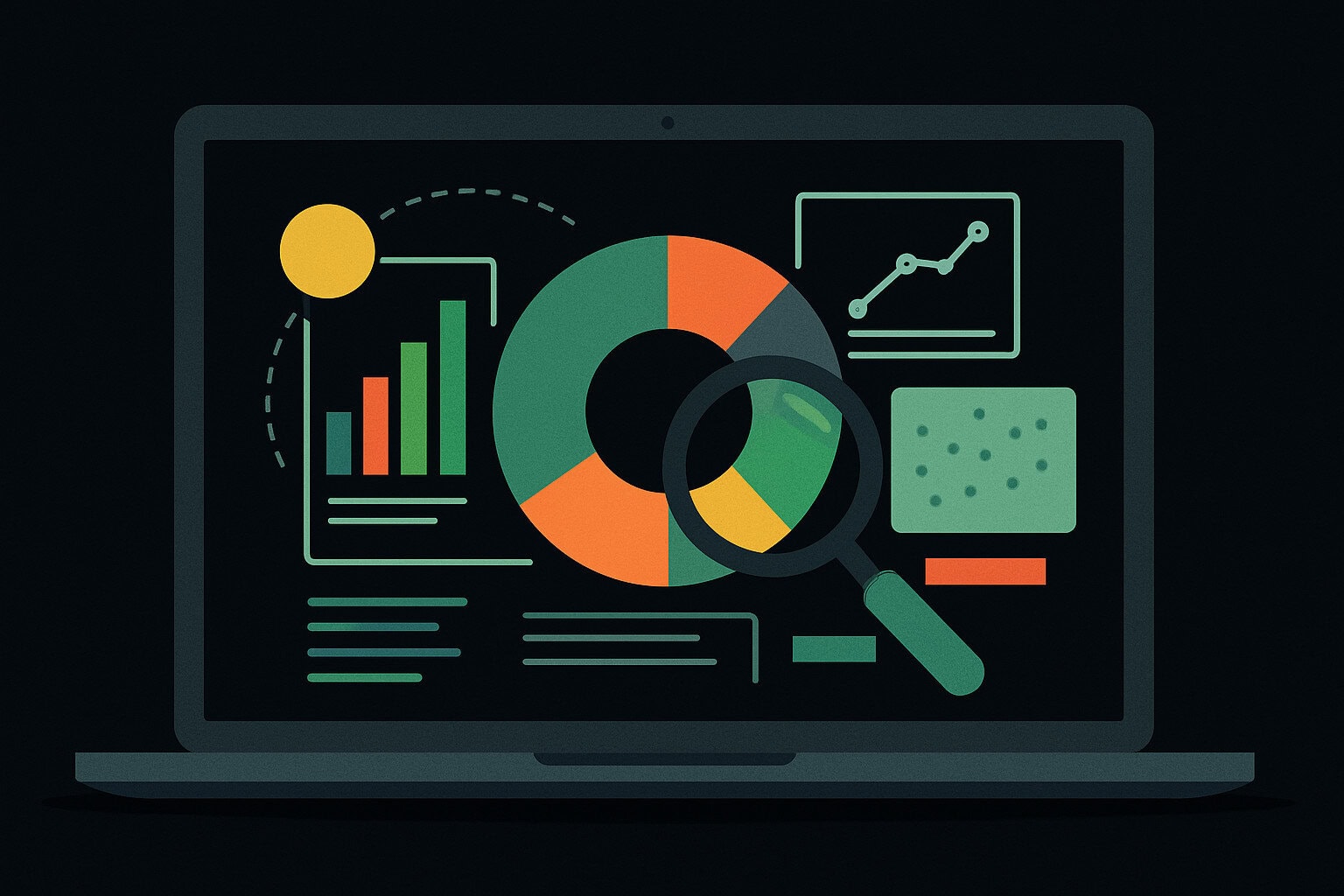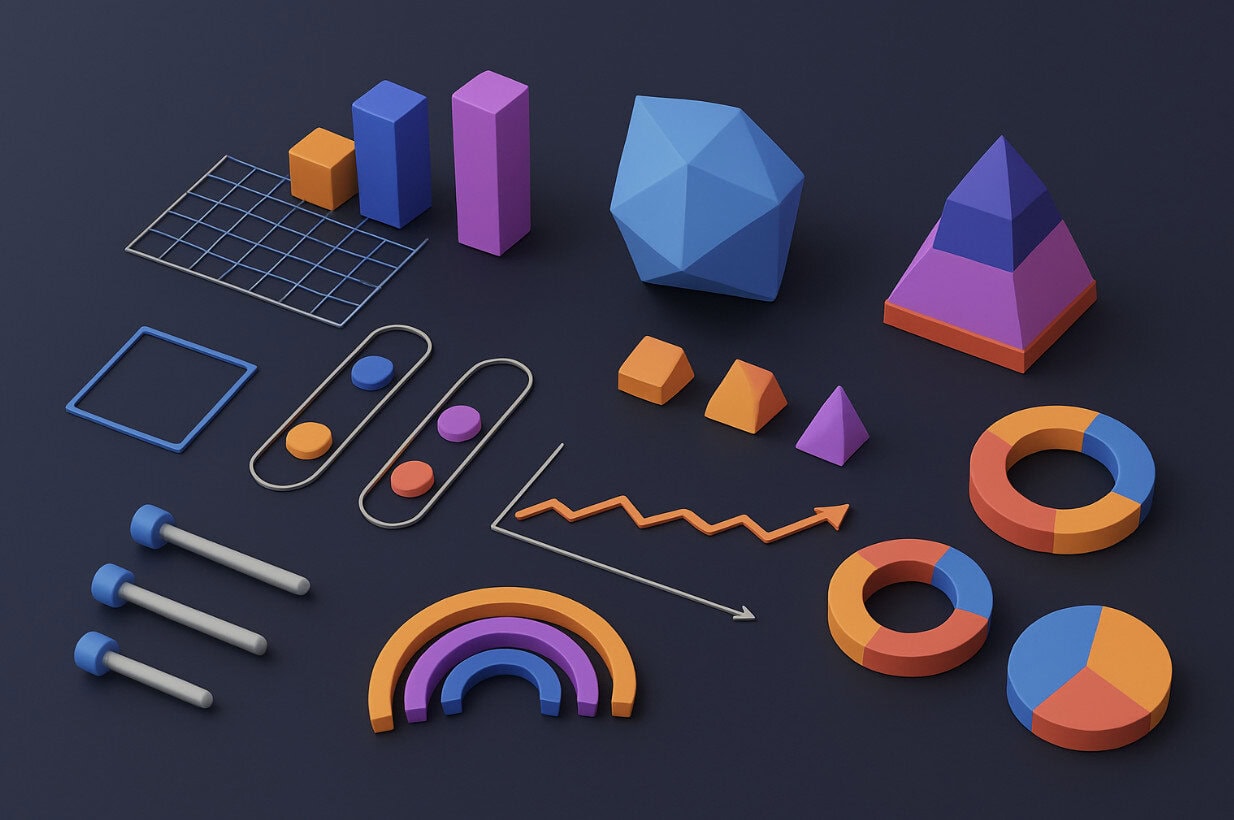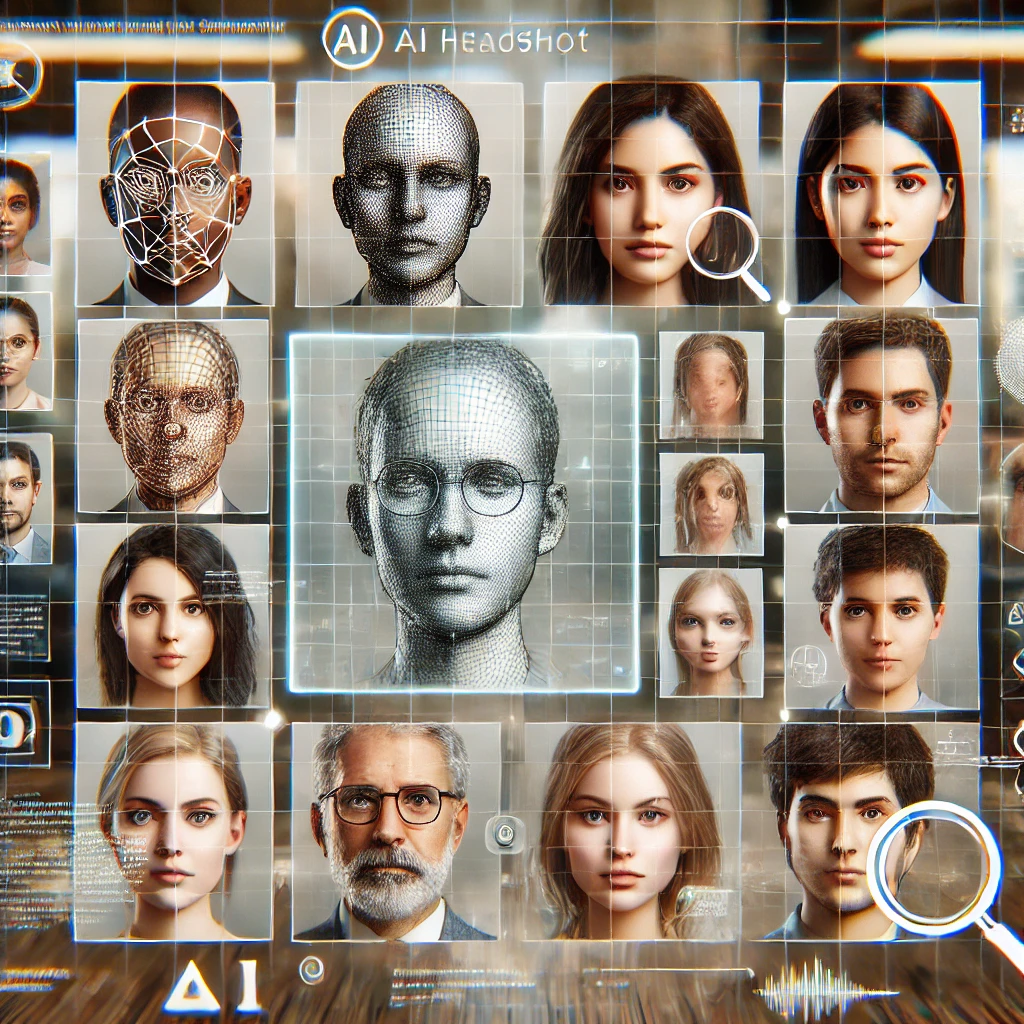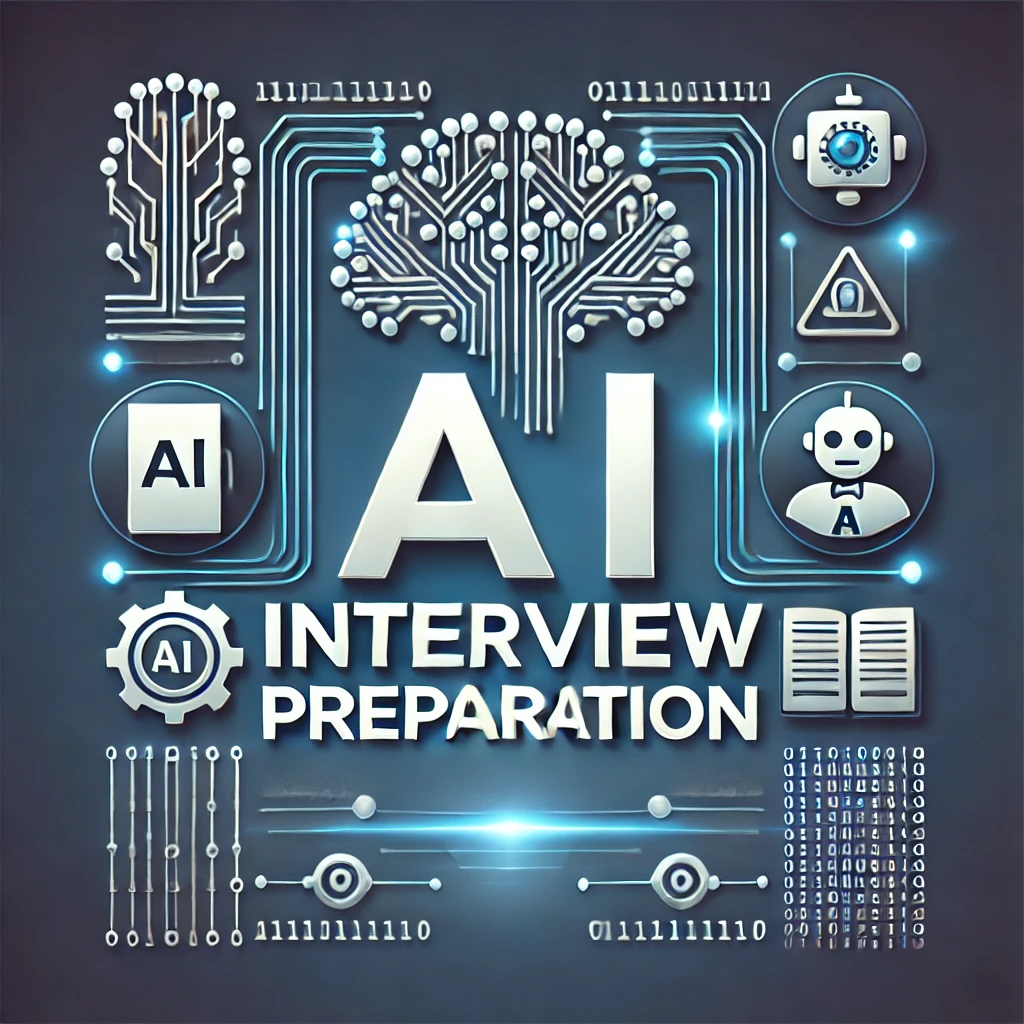The real value of data isn’t in how much you can gather but what you can do with it. Businesses have struggled for decades with interpreting vast collections of data, searching for improved ways to identify trends, conclude, and make well-informed decisions within reasonable timeframes. That is where AI in data analytics enters: an innovative force that is revolutionizing the way we apply data analytics.
AI is no longer a buzzword; it’s an available solution that enables businesses to move beyond simple dashboards and spreadsheets. With its ability to analyze massive volumes of data, learn from it, and make informed predictions, AI is revolutionizing the tempo, accuracy, and vigor of analytical insights. This article explores how AI complements data analytics and why embracing this partnership is the passport to future business success.
From Data to Decisions: How AI in Data Analytics Is Driving the Shift

To appreciate AI’s impact, it’s important to understand the evolution of data analytics. Early approaches focused on descriptive analytics, simply answering the question, “What happened?” Over time, organizations moved toward diagnostic analytics to uncover why certain outcomes occurred.
But today’s needs stretch further. Predictive analytics uses statistical models and machine learning to predict what’s going to happen next. The most advanced stage, prescriptive analytics, provides recommendations on the best action to take.
While traditional tools handle the earlier stages, AI tools are best at prediction and prescription. It allows firms to understand not just the past but the future and how to react to it in real time.
“Without big data, you are blind and deaf and in the middle of a freeway.” – Geoffrey Moore
Automating the heavy lifting
One of the biggest contributions of AI in data analytics is automation. Analysts often spend the majority of their time on data preparation: cleaning datasets, resolving errors, and converting formats. These time-consuming tasks slow down insights and data-driven decision-making.
AI simplifies the process a lot. Algorithms can mark anomalies, provide formatting corrections, and even sort data by itself. Natural language processing-driven tools can weed through unstructured data like emails, PDFs, and survey responses, transforming once-inedible content into edible material.
This automation in data analysis isn’t only time-saving, it also increases accuracy by reducing human error and ensuring consistency across datasets.
Revealing patterns and insights humans might miss
The human brain is wonderful, but it has its limits, especially when faced with high-dimensional data or nonlinear relationships. AI, on the other hand, does wonderfully well at detecting patterns that aren’t necessarily obvious.
Machine learning algorithms, for instance, can detect subtle customer patterns, raise alarms on suspicious activity, or predict system crashes. These epiphanies are derived from data that’s too complex or too large to process by hand.
Merchants implement these skills in order to improve segmenting audiences, and banks employ AI for detecting anomalies on real-time payments. In medical science, machine learning can find possible diagnoses with complex patterns of symptoms prior to doctors being suspicious about them.
From reactive to proactive
Legacy analytics would respond reactively. You take in data, process it, and then respond. However, by the time you’re through with your report, the scenario may have evolved.
AI creates real-time data processing, altering this model. Through ingesting live feeds from sensors, web pages, or mobile apps, AI systems can make immediate responses. This creates a chance for proactive decision-making.
Manufacturers, for example, use AI to monitor equipment and predict failures ahead of time. E-commerce sites read consumer behavior in real-time and make real-time recommendations or update prices in the moment. These features are typically powered by real-time reporting tools and dashboards, many of which allow you to connect API to Looker Studio for seamless, automated insight delivery. Such real-time responsiveness is a competitive advantage that legacy analytics platforms can’t match.
Beyond predictions: AI in data analytics
While it’s great to forecast what’s going to happen in the future, the next level is to influence decision-making on that basis. This is where prescriptive analytics kicks in and where AI really excels.
Whereas AI might only predict that customer churn is going to happen, it can now propose particular steps to avert it. It may suggest issuing customized offers, optimizing onboarding procedures, or launching a customer support follow-up.
In logistics, AI systems will check delivery routes, gas costs, and traffic to suggest optimal routes. In finance, they will optimize portfolio exposures based on moment-to-moment market conditions and customer demands.
With the coupling of prediction and action, AI fills the gap between analysis and execution.
“Information is the oil of the 21st century, and analytics is the combustion engine.” – Peter Sondergaard
Top technologies that make AI-enabled analytics possible

Artificial intelligence is an overarching term that encapsulates different technologies, each underpinning data analytics to one extent or another.
- Machine learning is the basis of most AI systems. They learn from experience without being programmed. They become more proficient in making predictions as time goes by as they receive more data.
- Natural language processing (NLP) allows AI systems to generate and process human language. It allows users to query databases using simple English, and the system returns responses in proper, contextually relevant information. NLP is also critical in extracting meaning from customer feedback, call center calls, and other text-laden sources.
- Deep learning takes it further by imitating the neural structure of a human brain. Such models are particularly good at image recognition, analyzing time series, and tasks that require understanding complex, multi-layered interrelations.
- Computer vision, although typically associated with image recognition, is increasingly being used in analytical situations from manufacturing quality monitoring to footfall measurement in shopping environments.
AI-driven analytics is delivering tangible results
It’s already become evident that AI analytics has made a serious impact across different industries. Here are some examples:
- In the financial services industry, firms use AI to detect fraud by recognizing suspicious spending patterns in transactions. Investment firms create machine learning models to forecast market trends and automate trading operations. Banks, in turn, apply AI to risk modeling and credit scoring with enhanced precision and less human bias.
- In medicine, AI detects disease earlier by analyzing scans and medical history faster than the human eye. It facilitates drug discovery as it identifies molecular patterns related to specific treatment effects. Predictive analytics in hospitals aids in predicting admissions and staff deployment.
- In retail, AI improves demand forecasting of stock, enhances personalization in analytics for marketing campaigns, and even informs product design according to customer reviews. Online retailers like Amazon make use of AI-driven recommendation algorithms that take into account user preferences, purchase history, and even the time of day.
- In transportation and logistics, companies like UPS and DHL use AI to automate operations, predict late deliveries, and cut fuel usage. Their networks make tens of thousands of decisions in real time, optimizing routes and saving millions.
The benefits beyond the numbers
The benefits of using AI in data analytics go much deeper than quicker processing. One of them is democratization: data is no longer restricted to the domain of IT or data science groups alone, thanks to AI. New platforms allow marketing managers, HR staff, and even front-line employees to gain access to insights through easy-to-use dashboards and voice-based questions.
And as these tools become widespread, professionals at all positions need to also evolve. It’s essential to showcase your data and AI capabilities well on your resume and LinkedIn profile to continue being seen and relevant.
Another advantage is scalability. Regardless of whether you are analyzing hundreds or billions of records, AI systems can scale the number without collapsing. This implies organizations of any size can expand their analytics work without having to hire an entire battalion of analysts.
And perhaps most of all, AI increases decision-making confidence. By revealing evidence-based predictions and suggesting recommended action, it reduces guesswork, and strategy execution is more reliable.
Challenges along the way
While the potential is vast, implementing AI-powered analytics is not without issues. Data quality remains an issue. AI models are only as good as the data they’re trained on garbage in, garbage out still applies.
The talent gap is another issue. It’s difficult for most organizations to find professionals with the right combination of data science, engineering, and domain knowledge. Upskilling existing employees or hiring AI-savvy talent is essential.
There is also the problem of explainability. Some AI systems, especially deep neural networks, are black boxes. This is a concern in regulated industries like healthcare and finance, where there must be transparency for compliance.
Finally, there are ethical issues: biases in training data can lead to discriminatory results, and misuse of sensitive data can lead to privacy violations. Responsible AI design and governance are critical to mitigating these risks.
The future of AI in data analytics
As AI becomes more sophisticated, we’re moving toward augmented analytics, a model in which human decision-makers are empowered, not replaced, by intelligent systems. These platforms will not only analyze data but also help users ask better questions, enable data visualization with AI for better understanding, and act with greater confidence.
The future will also see a rise in explainable AI, making models more transparent and trustworthy. We’ll see deeper integration between AI and edge computing, enabling real-time analytics even in remote locations.
Eventually, AI-driven analytics will become the default, not the exception. Businesses that adopt it early will be more agile, competitive, and customer-centric, while those that resist risk falling behind.
Final thoughts
AI is more than a tool, it’s a travel companion on the analytics journey. Through automating mundane tasks, uncovering deep insights, and guiding better decisions, AI helps organizations realize the maximum value of their data.
The most profitable companies of the coming years will be those that embrace AI not just as a technology, but as a mentality where data is not just something you store, but something you engage to create real-world outcomes.
The revolution has already begun. The question is: Will you propel it or get left behind? To stay competitive, businesses must start investing in AI in data analytics today.
Frequently Asked Questions (FAQ)
-
- What are the key benefits of using AI in data analytics?
Include a bullet list of core benefits: real-time insights, automation, personalization, predictive accuracy, and scalability. - Is AI in data analytics suitable for small businesses?
A common misconception is that AI is only for enterprises. Answer how many SaaS tools offer affordable, scalable AI-driven analytics solutions even for SMBs. - What are some use cases of AI in data analytics in my industry?
You can briefly mention examples across healthcare, retail, finance, logistics, etc., and link to more detailed industry breakdowns if needed. - How does AI in data analytics help with decision-making?
Expand a bit on prescriptive analytics, explain how AI not only predicts outcomes but also suggests actionable next steps. - How can I prepare my career for the arrival of AI in analytics?
The growing demand for data literacy and AI means that not just technical skills need to be developed, but also the ability to sell successfully when applying for a job. A simple step is to optimize your online profiles and resume to highlight experience in AI, especially for roles in analytics, automation, or data strategy. - How is AI data analytics different from traditional data analytics systems?
Traditional analytics tools are centered around pre-set queries and historical data and typically require manual effort to discover patterns and develop insights. AI, on the other hand, can learn from the data over time, discover hidden trends, automate data preparation, and even make real-time predictions and recommendations, shifting analytics from reactive to proactive. - Do I require a data science team to implement AI in analytics?
Not necessarily. The majority of modern AI-powered platforms are designed with usability in mind, featuring functionalities like natural language queries, drag-and-drop dashboards, and plug-and-play API integrations. While having a data team helps with customization, even non-technical users can operate AI tools with minimal training.
- What are the key benefits of using AI in data analytics?






